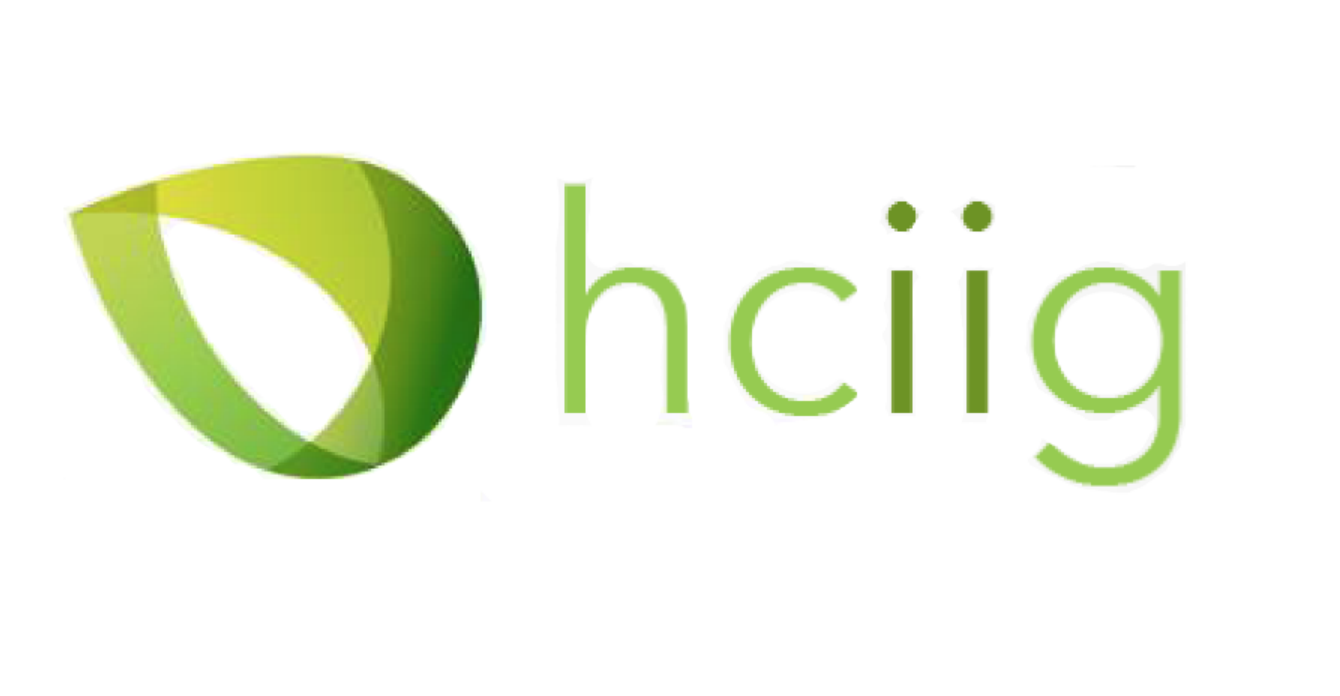The Rise of Integrated Sustainability Reporting
/By Lars Horburg
With the rise of ESG investing, investors are seeking more information relating to a firm’s social and environmental activities in addition to financial success. As a result, there has been an increase in corporate sustainability reporting. In December, the Sustainability Investment Institute released research that stated that 78% of S&P 500 companies issue a sustainability report. Reports are wholly voluntary and can cover issues ranging from water use to social impact in supply chain. While some reports are extremely helpful for investors, others are empty statements meant more as a marketing tool than an in depth exploration of social and environmental risks and opportunities. The introduction of integrated reports may be the solution to such a problem. These reports combine social and environmental issues directly into financial disclosures, leading to a more holistic view of material sustainability issues as equivalent to financial matters. Integrated reports provide more credible and helpful knowledge to investors looking to maximize the triple bottom line: social, economic, and environmental success.
Companies like Unilever, discussed in Sofia’s last post, have lead the charge in this type of reporting, with a 100% increase of companies in this category from 5 years ago. Yet even with such an increase, integrated reports are still not widespread. This is likely a result of the lack of unified sustainability reporting standards. Thankfully, a more unified framework is being created by a coalition including the Sustainability Accounting Standards Board, the Climate Disclosure Standards Board, and the Global Reporting Initiative among others. We can expect this framework sometime in Q3 of this year. Hopefully, it will lead to a much steeper increase in integrated reporting and therefore more effective tools for impact investors in the future.


